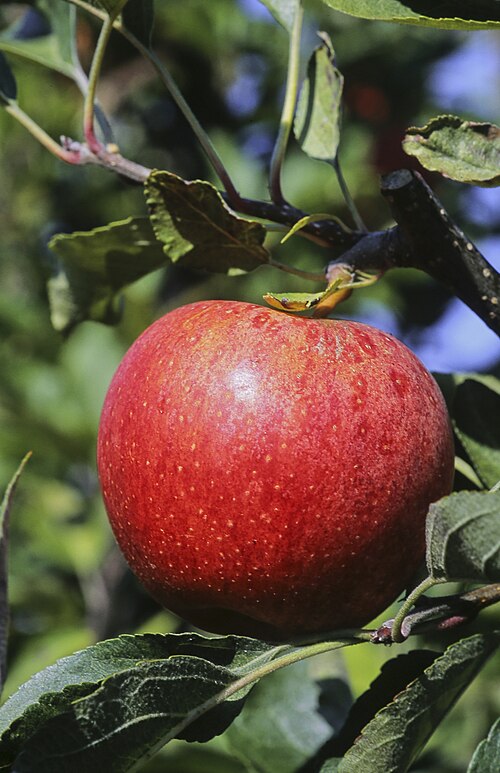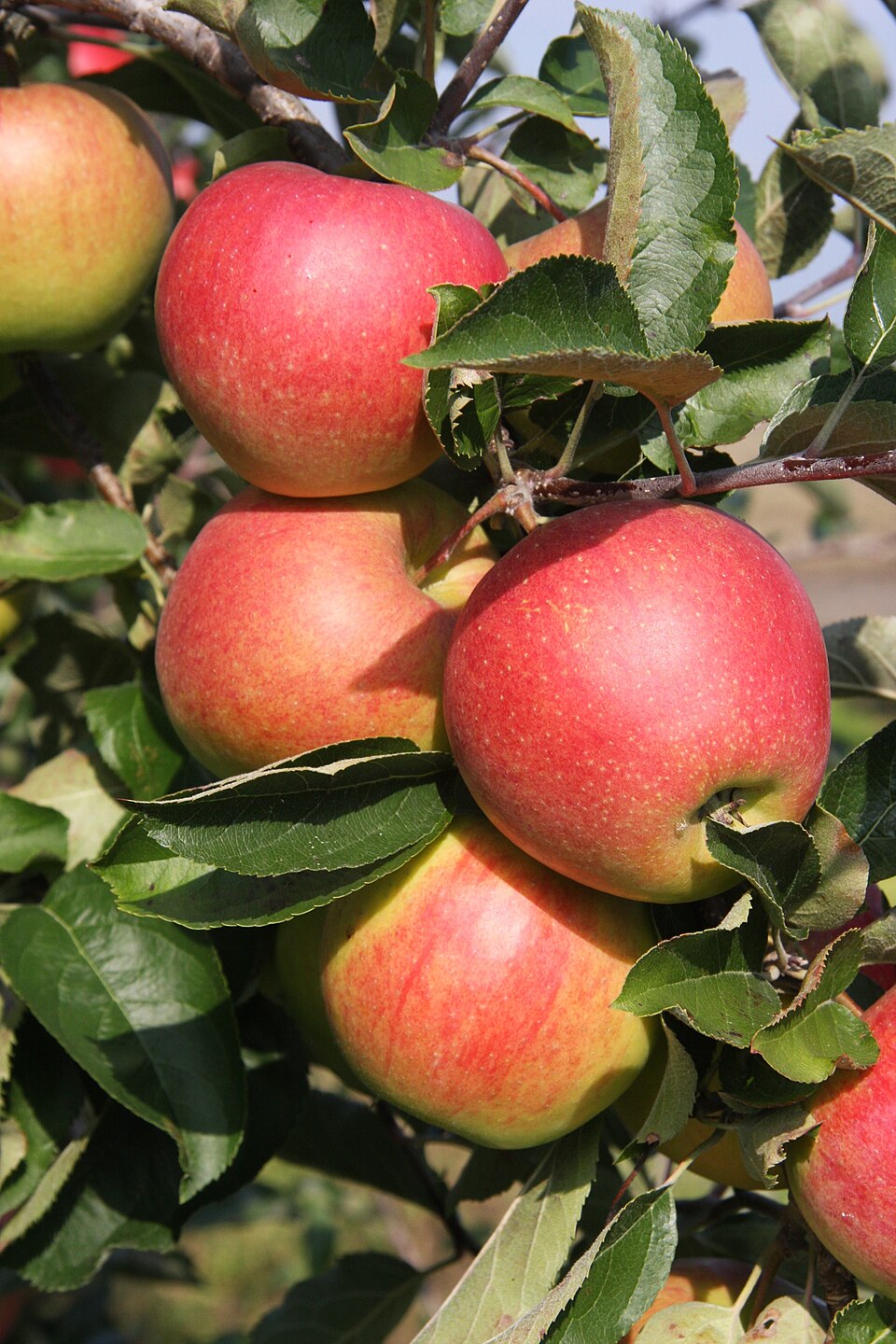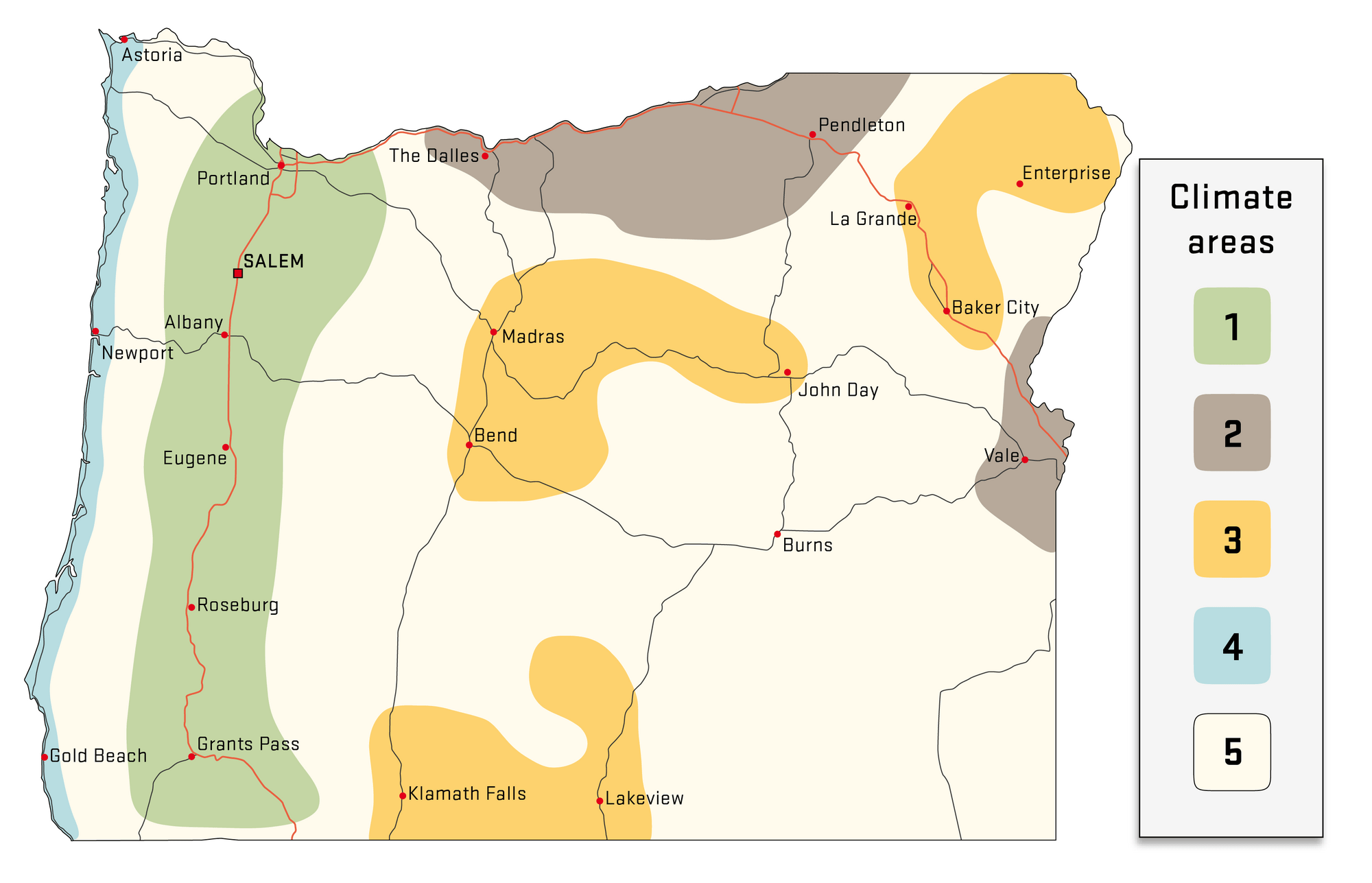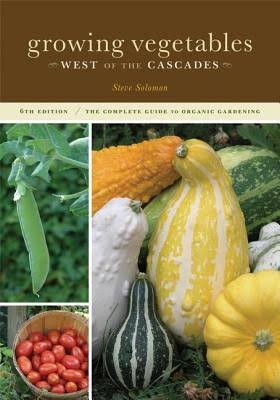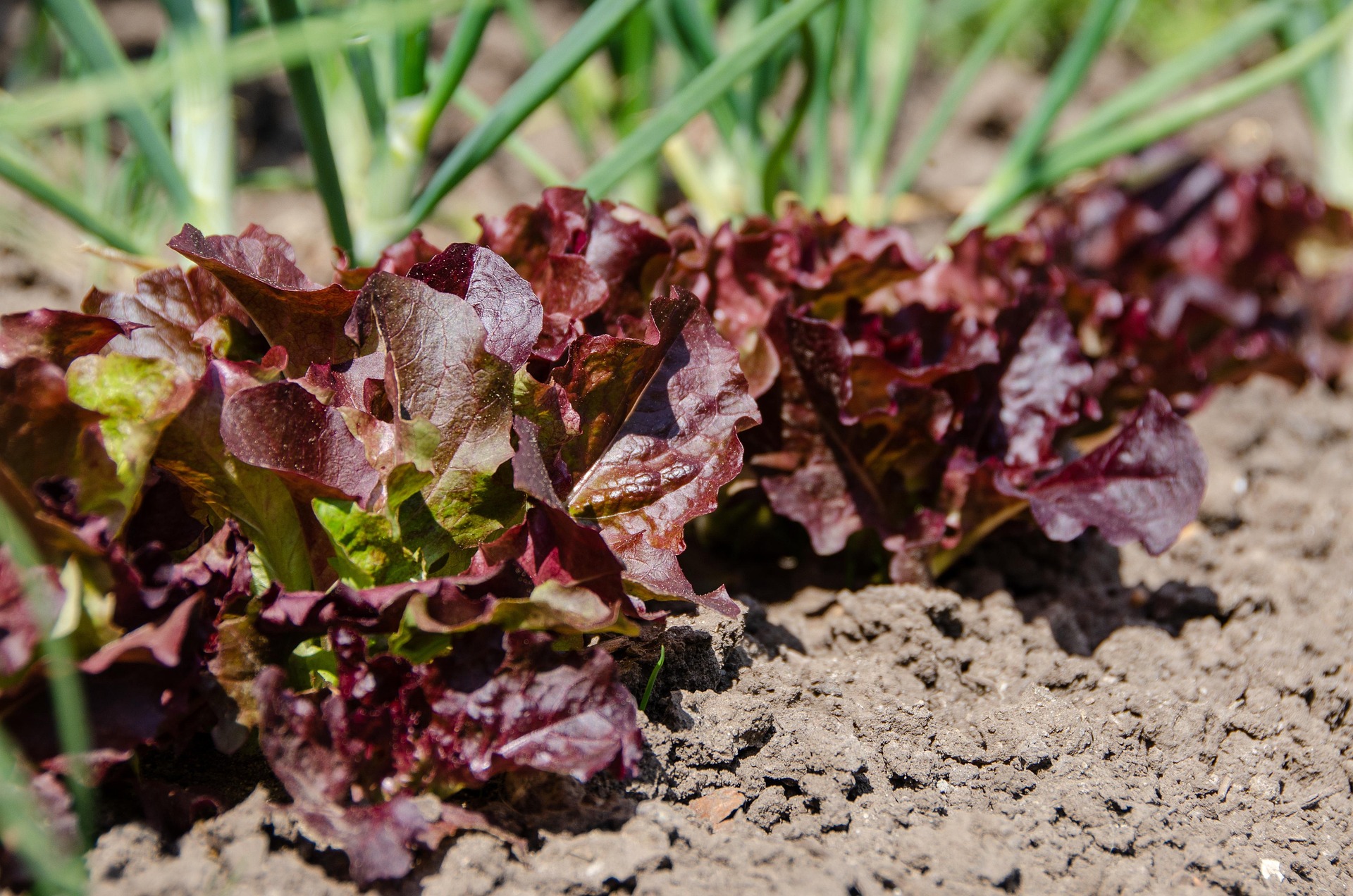Sally Reill, Lincoln Co. Master Gardener
Revised January 2017
Root Crops
All root crops do well in our climate, preferring loose deep soil. They generally will need high potassium fertilizer. Seedlings should be thinned to provide ample space for plants to grow.
Carrots: All varieties, but note the mature length; shorter varieties are better suited to heavier soil. Carrots need regular and ample water.
Beets:All beets are good. ’Cylindra’ and ‘Forono’ are excellent 6” to 8” long roots giving you more beet for the space. ‘Touchstone Gold’ and ‘Boldor’ produce sweet, golden beets, ‘Chioggia’ is a nice striped Italian heirloom. The tops are wonderful in salads or sautéed. Beets require boron and our soils are generally deficient, use a fertilizer with micro nutrients.
Radishes: All standard types do very well. Thin seedlings to allow room for larger radishes. Specialty radishes such as Asian varieties may have very specific seasonal planting needs. Some are only suitable for fall or early spring planting. Consult a nursery catalog for information about specific varieties.
Carrots and radishes must be direct seeded. Beets can be started inside and transplanted CAREFULLY after the first or second true leaf appears.
Turnips and Rutabagas are also good possibilities.
Brassica Family
Broccoli, Cabbage, Cauliflower, Kale, Kohlrabi, Brussels sprouts
All brassica seeds should be started inside and transplanted outdoors once risk of frost has passed.
Broccoli: ‘Belstar’ is organic, all season, cold hardy and compact. It produces a large first head & many side shoots. ‘Arcadia’ and ‘Marathon’ are good winter hardy varieties. Consider tall sprouting types too.
Cabbage: ‘Alcosa’, ‘Caraflex’, and ‘Ruby Perfection’, ‘Red Express’ and ‘Integro’ are proven varieties.
Cauliflower: ‘Snow Crown’ is early and almost ‘fool proof; ‘Cheddar’ and ‘Graffiti’ are brightly colored. Cauliflower may not mature properly if plants are too large when transplanted or if temperature extremes occur when they are small.
Kale: All grow well here! ’Wild Garden’, ‘Red Russian’ ‘Redbor’, are varieties to consider. ‘Toscano’ is the sweetest! Ornamental kales are very edible! Kohlrabi: ‘Kolibri’ and ‘Gigante'.
Brussels Sprouts: Plant in early summer for summer planting and fall harvest. Leaves need to be removed between sprouts. All cole crops must be monitored for aphids, slugs and cabbage worms (the larvae of white butterflies). If plants wilt during the day it is likely root maggots, a fly larvae.
Lettuce and Greens
The cooler temperatures are good for cool season greens. There are hundreds of lettuce varieties! Look for slow to bolt and tip burn resistance.
Favorite varieties: ‘Winter Density’, ‘Cherokee’, ‘Coastal Star’ ‘Concept’, ’Little Gem’, ‘Bambi’, ‘Merlot’, ‘Buttercrunch’, ‘Red Cross’, ‘Continuity’, ‘Jester’, ‘Celinet’, ’Panisse’, ‘Oscarde’ and ‘Rouxai’. Mesclun or baby leaf blends will give you a nice variety of textures and colors. Spinach, endive frisee′ and escarole grow well in cool seasons.
Chard: Does especially well; ‘Bright Lights’, ‘Ruby Red’, ‘Neon’ and ‘Golden Sunrise’.
Arugula, mustards and micro greens:Most tend to bolt quickly. Seed every few weeks directly in soil to keep a constant supply. Many catalogs have greens mixes, good choices for home gardeners.
Asian/Italian/exotic greens: Most are easy, some may be seasonal or need special circumstances for proper growth, consult catalogs. If you are growing close to the ocean or in a windy location, a cloche will provide protection to produce tender greens.
Onions, leeks and shallot
Green and bulb onions, shallots and leeks are best started from seed to avoid diseases. All varieties do very well. Start seeds in late February or early March for June planting. Green onions/scallions will not form a bulb in our area.
Full size onions: ‘Expression’, ’Candy’, ‘Sierra Blanca’, ‘Red Wing’, ‘Exhibition’, ‘Ailsa Craig’.
Shallots: ‘Conservor’(J, B), ‘Ambition’(B),’Camelot’. Leeks: ‘Lincoln’(N), ‘Megaton’ (J), ‘King Richard’, ‘Lancelot’.
Potatoes
All varieties do well in our coastal climate. Here are a few proven varieties.
Fingerlings: ‘French Fingerling’, ‘Rose Finn Apple’, ‘LaRatte’, ‘Blossom’. ‘Amarosa’ is red flesh with pink interior.
Standard yellow flesh: ‘Yukon Gold’, ‘Red Gold’, ‘German Butterball’, ‘Yellow Finn’.
Blue flesh: ‘Purple Majesty’, ‘All Blue’.
White flesh: ‘Purple Viking’, ‘Red LaSoda’, ‘Red Norland’, ‘Kennebec’, ‘Red Pontiac’. Seed potatoes are available @ farm/garden stores in March. If it is past mid April try catalog vendors.
Peas
Oregon named varieties and ‘Cascadia' were developed at OSU to be disease resistant. These are all bush varieties, they will stand up to wind better than tall types.
Sugar pod: ‘Oregon Sugar Pod II’, ‘Oregon Giant’ ‘Sugar Daddy’. Snap: ’Cascadia’, ‘Sugar Sprint’, Shelling: ’Oregon Trail’.
Green Beans
Bean seeds need warm soil to germinate, are easy to start inside in pots and transplant carefully outside after last frost. Dark bean seeds germinate better in cool soil.
Bush:‘Jade’, ‘Derby’, ‘Oregon 54’, ‘Maxibel’(green), ‘Soleil’and ‘Rocdor’(yellow), ‘Jumbo’ (Italian flat).
Pole Beans:These must be trellised, they don’t stand up well to wind but take less space and are more productive. Varieties to consider are: ‘Fortex’, ‘Helda’, (Italian flat).
Squash
Summer Squash grows are easy to grow. Plant two plants to improve the pollination of flowers that is required for success.
Coastal favorite:‘Sure Thing Hybrid’ and ‘Paternon’ zucchini produce fruits even when there are no bees and no male flowers!
Zucchini: ’Gadzukes!’, ‘Cocozelle’ , ‘Fordhook’, ‘Cupcake’, ’Gold Rush’, ‘Gold Mine’. Yellow crookneck: ‘Horn of Plenty’, ‘Summerpac’.
Scallop: ‘Sunburst’, ‘Peter Pan’.
Winter squash and pumpkins: These require a long season, good pollination and some warmth to mature. Choose the shortest maturing varieties, under 90 days, for coastal areas. ‘Honey Bear’ acorn does well close to the ocean if it is protected. ‘Sunshine’ and ‘BonBon’ are very sweet, good inland. Butternut squash is a different species and will not cross pollinate with other winter squashes.
Cucumbers
Pickling, lemon, standard slicing and seedless types will grow better with protection. Cucumber plants like to be warm and seeds require very warm soil to germinate. Unless it is stated that they set fruit with no pollination, most cucumbers require pollination by bees or insects. The following proven varieties, classed as parthenocarpic, require NO pollination: ‘Sweet Success’, ‘Diva’, ‘Agnes’. Greenhouse and Seedless English varieties: ‘Pepinex’, ‘Socrates’ , ‘Iznik’, ‘Tasty Jade’ are all good.
Tomatoes
There are literally 1000s of varieties of tomatoes. A few guidelines will help YOU choose what is right for your circumstances. All tomatoes will do best with protection even in the east county, choose the sunniest spot available. Cherry and grape types are likely to ripen earlier. For the cloche choose Determinate (DET), or dwarf varieties; they will stay shorter. Most tomatoes will do well in a greenhouse with good ventilation. Indeterminate (IND) tomato plants can get quite tall and should be staked or caged; large fruited ‘heirlooms’ may not ripen in this climate. Always choose the earliest varieties. When growing tomatoes in pots, be sure the container is large enough to support a large plant. All tomatoes require good nutrition and a constant supply of water to prevent ‘blossom end rot’.
Peppers
Peppers must have substantial protection, sun and heat to mature. Hot peppers generally ripen better than sweet varieties. If you can provide full sun and heat most will do well. A closed cloche is a great protection device. Choose short season, early maturing sweet varieties or they will not ripen quickly enough.
Slightly Fussy Vegetables
Celery: Grows very well, it requires high N, and lots of water. ‘Tango’ is good. Protect from slugs!
Bulb Fennel: ‘Orion’ & ‘Orazio’ can be started inside, are easy to grow and quick to produce nice large bulbs, no major problems.
Corn: Requires a long warm season, can be grown inland if you choose early varieties of 75-80 days or less. I like ‘Luscious’, an organic bi-color.
Tomatillos: Have similar needs as tomatoes with a big, sprawling growth habit, need lots of space.
Eggplant: Difficult to grow in the maritime climate, it requires more heat than peppers, a very sunny, warm spot MAY work.
Perennial Vegetables
Artichokes: They like our climate, need lots of space, sun, well-drained soil, and must be protected with mulch during the winter. Artichokes don’t like cold wet roots and may not survive cold winters unless soil is very well drained. They are very attractive to aphids and a good place for earwigs to hide. You will need to be vigilant to keep these pests at bay. Artichoke variety ‘Imperial Star’ will produce chokes the first season.
Asparagus: Long lived perennial, spreads outwards and needs space. VERY attractive to slugs, asparagus MUST be protected before spears emerge, use slug bait or copper strips. Asparagus can be grown from crowns available in the spring or from seed, either way they will take 2-3 years before becoming large enough to eat. You can cut them for approximately six weeks, then leave the spears to grow out and store energy for the following years’ crop. Both crops require substantial space, nutrition and water.
Jerusalem Artichoke or ‘sunchoke’ is actually a tuber that grows underground from roots of a perennial sunflower native to eastern North America. Easy to grow, plant grows 5’-9’ tall and can be very invasive. Grow this in a large container or space where you don’t care if it spreads. Harvest the tubers in fall. It also produces small 3” yellow sunflowers nice for cutting.
